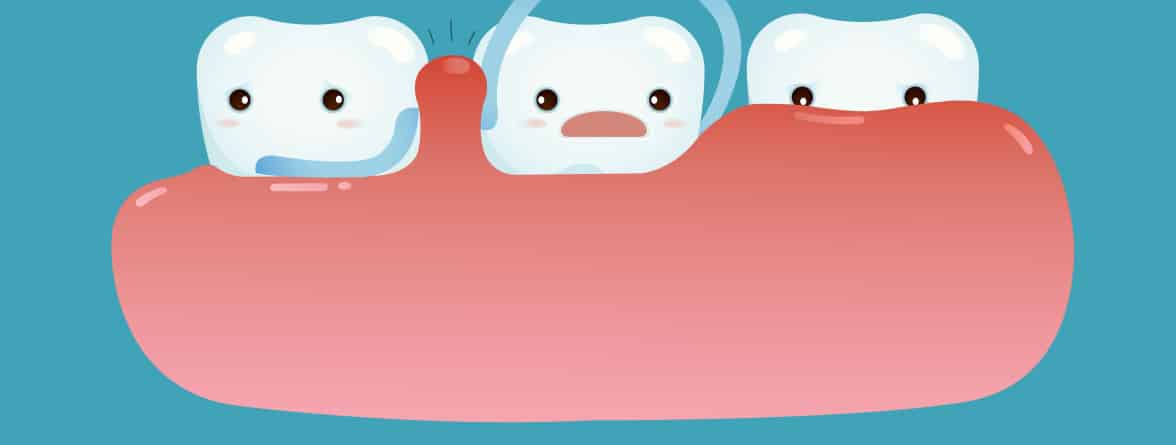About half of all Canadians are afflicted with gingivitis, which is the most common form of gum disease. Gingivitis is entirely preventable and reversible, and all it takes is attentive dental hygiene and regular dental appointments for cleaning. Here’s everything you need to know about the causes, symptoms, risks, treatment, and prevention of gingivitis:
Understanding Gingivitis
Gingivitis is an early form of gum disease, and can easily be spotted because it causes the gums to become swollen and red. You may bleed when brushing your teeth, but other than that discomfort, it’s not usually painful. The trouble with gingivitis is that, if left untreated, it is a precursor to a very serious disease called periodontitis. Periodontitis is bad news for your mouth, contributing to tooth loss and gum decay. Beyond that, periodontitis is also associated with a lot of extremely serious chronic health conditions, like lung disease, heart disease, and diabetes. So while gingivitis is not the end of the world, it is absolutely imperative that you visit your dentist to treat the condition, so it doesn’t develop into something worse.
The Cause of Gingivitis
Gingivitis is caused by plaque, a filmy substance that can build up on your gums if you don’t practice proper dental hygiene. Plaque is a combination of the leftover particles from food and drinks that you consume throughout the day, which turns into an unpleasant sticky film that clings to your teeth and gums. Plaque can be brushed away and removed by flossing. But if you are lazy with your brushing, plaque hardens into a rough substance called tartar. Tartar is a breeding ground for bacteria, which gathers in your mouth and can infect your gums.
Battling Back Against Gingivitis
On the bright side, gingivitis is completely curable and reversible if you catch it early. Start with brushing your mouth (this means gums and tongue, not just teeth) twice a day and flossing once daily. You can supplement your dental hygiene routine with antiseptic mouthwash, which helps to sweep away pesky plaque. Take the time to inspect your gums in the mirror – do they look red or swollen? Do your gums bleed when you brush? If so, it’s time to book a dental appointment.
Finally, your dentist plays a big part in keeping your gums healthy. Visit your dentist every six months for regular cleanings. Your dentist will remove plaque and tartar buildup. Regular exams are also very important in helping to reverse gingivitis or prevent it from developing in the first place.
Take gingivitis as a warning sign that your dental habits need to change!



